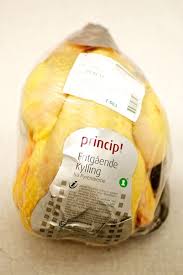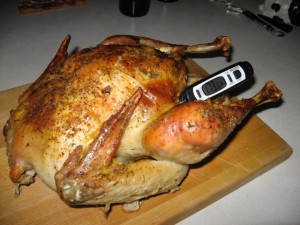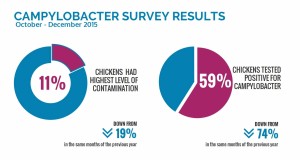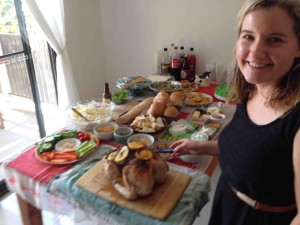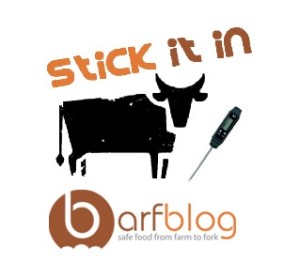The U.S. Department of Agriculture’s Food Safety and Inspection Service (FSIS) works closely with federal, state, and local public health partners to investigate foodborne illness outbreaks associated with its regulated products.
 To provide insight into outbreaks associated with meat and poultry, outbreaks reported to FSIS during fiscal years 2007 through 2012 were evaluated.
To provide insight into outbreaks associated with meat and poultry, outbreaks reported to FSIS during fiscal years 2007 through 2012 were evaluated.
Outbreaks were classified according to the strength of evidence linking them to an FSIS-regulated product and by their epidemiological, etiological, and vehicle characteristics. Differences in outbreak characteristics between the period 2007 through 2009 and the period 2010 through 2012 were assessed using a chi-square test or Mann-Whitney U test.
Of the 163 reported outbreaks eligible for analysis, 89 (55%) were identified as possibly linked to FSIS-regulated products and 74 (45%) were definitively linked to FSIS-regulated products. Overall, these outbreaks were associated with 4,132 illnesses, 772 hospitalizations, and 19 deaths.
Shiga toxin–producing Escherichia coli was associated with the greatest proportion of reported outbreaks (55%), followed by Salmonella enterica (34%) and Listeria monocytogenes (7%). Meat and poultry products commercially sold as raw were linked to 125 (77%) outbreaks, and of these, 105 (80%) involved beef. Over the study period, the number of reported outbreaks definitively linked to FSIS-regulated products (P = 0.03) declined, while the proportion of culture-confirmed cases (P = 0.0001) increased.
Our findings provide insight into the characteristics of outbreaks associated with meat and poultry products.
Foodborne outbreaks reported to the U.S. Food Safety and Inspection Service, fiscal years 2007 through 2012
Journal of Food Protection, Number 3, March 2016, Pages 442-447, DOI: http://dx.doi.org/10.4315/0362-028X.JFP-15-376
Robertson, A. Green, L. Allen, T. Ihry, P. White, W. S. Chen, A. Douris, and J. Levine
http://www.ingentaconnect.com/content/iafp/jfp/2016/00000079/00000003/art00011




